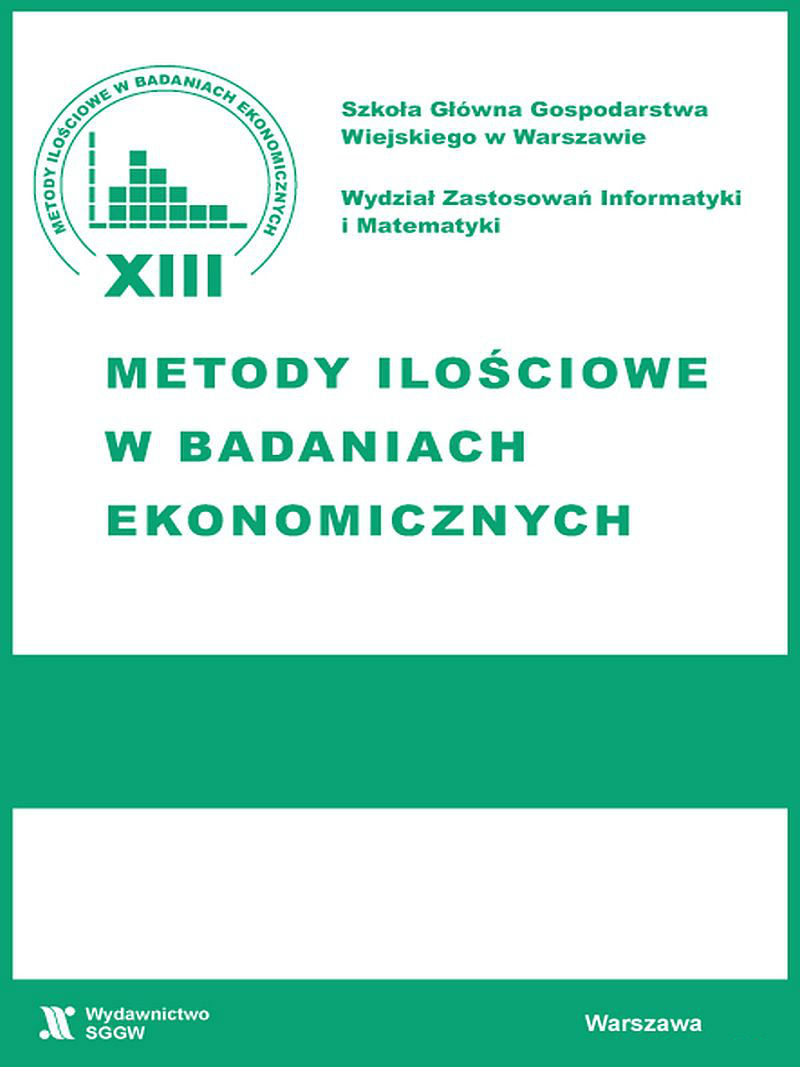ZASTOSOWANIE MODELU POTENCJAŁU W ANALIZIE ZRÓŻNICOWANIA REGIONALNEGO ROLNICTWA W KRAJACH UNII EUROPEJSKIEJ
THE APPLICATION OF POTENTIAL MODEL IN ANALYSIS OF REGIONAL DIVERSIFICATION OF AGRICULTURE IN EUROPEAN UNION
Author(s): Agnieszka TłuczakSubject(s): Economy, Geography, Regional studies, Agriculture, EU-Accession / EU-DEvelopment, Socio-Economic Research
Published by: Szkoła Główna Gospodarstwa Wiejskiego w Warszawie
Keywords: potential model; agriculture; European Union;
Summary/Abstract: In the analysis of the level of regional development the potential models are used, where the correlation analysis is conducted, and it allows to examine the relationship between the potential and the other socio-economic phenomena. The potential it is the intensity of the interaction between the regions not only as a variable dependent on the size of the regions, but also on their location. The preferred location of the country in the regional system of interactions can affect the growth of its small capacity. In this paper the model of income potential and the model of population potential. In 1970 Dutton introduced to the research the potential quotient, it assumed that the income potential is proportional to the nominal demand and the potential of the population is an indicator of real demand and determines the ratio of these potentials as far as possible to meet the demand. The quotient takes into account potential impact of interregional relations on the level of the studied phenomenon. It is a measure of the system and a variable with a continuous spatial distribution. The spatial distribution of the quotient of the recognized potential as a measure of the level of development, is the basis of distinctions in the regional structure of the core regions and remote areas. The aim of this study is to examine the regional diversity of agriculture in the European Union and to extract the core and outlying regions on the basis of the potential model. The research was conducted at the level of EU member states. It was assumed that within each country there is no significant differences in the level of agricultural development and analysis at the level of the downstream units will not be considered by this study.
Journal: Metody Ilościowe w Badaniach Ekonomicznych
- Issue Year: XV/2014
- Issue No: 4
- Page Range: 218-228
- Page Count: 11
- Language: Polish

